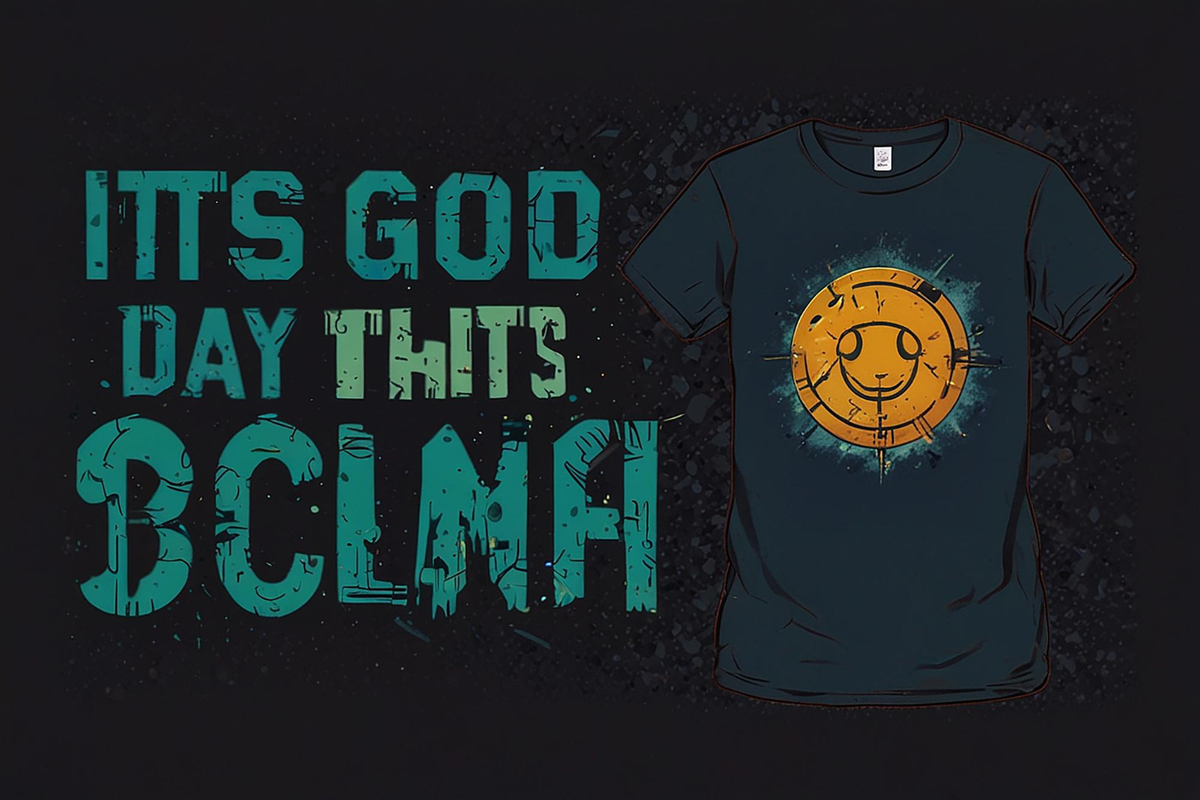**UV DTF Gangheet** technology is reshaping the textile industry with its innovative approach to sustainable textile printing. As manufacturers seek out faster production methods, UV DTF stands out, offering the benefits of direct-to-film printing paired with vibrant, high-quality prints. This revolutionary technique not only reduces water consumption but also minimizes the use of harmful chemicals, making it an eco-friendly choice for brands committed to sustainability. In a market that increasingly values fast fashion customization, UV DTF Gangheet allows for exquisite detail and responsiveness to design demands, all while maintaining durability. Join us as we delve into how this game-changing technology is poised to redefine textile production for the better.
While often referred to as **UV Direct to Film**, the UV DTF Gangheet method represents a groundbreaking leap in modern textile manufacturing processes. This advanced printing solution integrates ultraviolet curing with direct-to-film technology, creating opportunities for sustainable practices and enhanced print resilience. By eliminating excessive water use and harmful inks, it promotes eco-conscious production, appealing to the growing market of environmentally aware consumers. Furthermore, this technique facilitates rapid customization, making it easier for businesses to cater to diverse consumer preferences in the ever-evolving landscape of fashion. As we explore the myriad advantages of this pioneering printing method, it becomes clear that UV DTF Gangheet is a vital player in the future of the textile industry.
The Future of Sustainable Textile Printing
Sustainable textile printing is becoming increasingly important as environmental concerns rise among consumers and manufacturers alike. Traditional textile printing methods are notorious for high water usage and the introduction of harmful chemicals into the ecosystem. Enter UV DTF Gangheet technology: its adoption marks a significant step towards a greener future for the textile industry. By reducing water consumption and eliminating toxic inks, manufacturers can produce textiles that not only meet high-quality standards but also adhere to sustainable practices, driving consumer trust and loyalty.
With the capabilities of UV DTF, brands can effectively market themselves as environmentally friendly while still meeting the demands of fast fashion. This balance between sustainability and production efficiency positions UV DTF Gangheet as a viable solution for manufacturers seeking to innovate responsibly. As more companies embrace this technology, the ripple effect will foster further advances in eco-conscious practices across the entire textile production process.
Frequently Asked Questions
What is UV DTF Gangheet and how does it impact the textile industry?
UV DTF Gangheet is a revolutionary direct-to-film printing technology that uses ultraviolet light to cure inks instantly on textiles. This method significantly enhances print quality, increases production speed, and reduces environmental impact, making it a game changer for the textile industry.
How does UV DTF Gangheet contribute to sustainable textile printing?
UV DTF Gangheet contributes to sustainable textile printing by reducing water consumption and eliminating harmful chemicals commonly found in traditional inks. This environmentally friendly approach aligns with the industry’s shift towards more responsible and eco-conscious practices.
What benefits does UV DTF technology offer compared to traditional textile printing?
Compared to traditional methods, UV DTF technology offers several benefits, including vibrant, long-lasting prints, faster production speeds, and greater customization options, which are essential for thriving in today’s fast fashion market.
Can UV DTF Gangheet be used for custom textile designs?
Yes, UV DTF Gangheet is perfect for custom textile designs as it allows for quick variations in designs and sizes with minimal downtime, catering well to bespoke orders and personalized customer experiences.
What role does UV printing play in fast fashion customization?
UV printing, utilized in UV DTF Gangheet, plays a vital role in fast fashion customization by enabling brands to quickly produce unique and intricate designs, satisfying consumer demands for variety and personalization in products.
How does UV DTF technology enhance durability in printed fabrics?
UV DTF technology enhances durability by curing the inks instantly, resulting in prints that resist fading, scratching, and wear, making them ideal for high-quality fashion items that maintain their appearance after many washes.
| Key Points | Details |
|---|---|
| Introduction to UV DTF Gangheet | UV DTF Gangheet is revolutionizing textile manufacturing by improving efficiency, sustainability, and design with high-quality prints and quick drying times. |
| Enhanced Print Quality | Offers vibrant, durable prints that resist fading and wear, ideal for fashion and home textiles. |
| Sustainability Benefits | Reduces water usage and eliminates toxic chemicals, lowering production costs and carbon footprint. |
| Increased Production Efficiency | Facilitates rapid production and adaptability to market demands, benefiting both producers and consumers. |
| Customization and Flexibility | Allows for easy tailoring of designs and sizes, enhancing customer experience and catering to niche markets. |
| Current Applications | Companies like Bennett & Co. are utilizing this technology for sustainable, high-quality textile production. |
| Conclusion | UV DTF Gangheet is transforming the textile industry by promoting quality, sustainability, and operational efficiency. |
Summary
UV DTF Gangheet is a groundbreaking technology that’s reshaping the textile industry by enhancing print quality, sustainability, and production efficiency. As manufacturers widely adopt this innovative method, textiles are produced with vibrant designs that stand the test of time while significantly reducing environmental impact. This shift not only caters to the evolving demands of consumers seeking durable and eco-friendly options but also positions brands to meet competitive market needs. The future of textile production looks promising, with UV DTF Gangheet leading the way towards a stylish and sustainable evolution in fashion.



